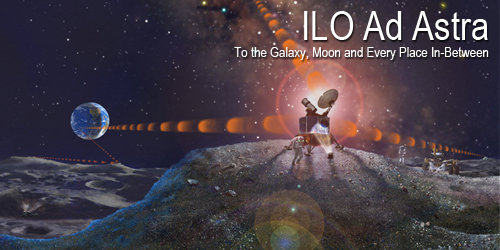GaryN...Through the methane filter, deep red, but hydrogen has an emission line that falls within the filters bandwidth.
You say this first, then you say the next in the same statement...
GaryN...Looking at the Sun they were looking through millions of miles of ionised and neutral hydrogen and other stuff, maybe even through the atmosphere or rings of an intervening planet. Wouldn't be surprised,
So I guess your thinking out loud and negate your first guess of methane filter, because of all the bright rays interfering with the clear filter Inner Planet frame shots..

- PIA00451_Croped.jpg (7.29 KiB) Viewed 8945 times
The wide angle image of the sun was taken with the camera's darkest
filter (a methane absorption band) and the shortest possible
exposure (5 thousandths of a second) to avoid saturating the
camera's vidicon tube with scattered sunlight.
Wide-angle images
surrounding the sun also show many artifacts attributable to
scattered light in the optics. These were taken through the clear
filter with one second exposures.
So I looked up some graphics to demonstrate the position and 32 deg ecliptic plane position Voyager 1 was at when the pictures were taken. Don't see any intervening planetary atmospheres...

- Voyager 1 at 32 deg ecliptic plane
also this graphic shows Voyager 1 s 32 deg view of the ecliptic plane also I think..

- approximately 4
billion miles and about 32 deqrees above the ecliptic plane.
So with this visual information your guess is totally bogus.. IMO
GaryN.. these guys, the scientists, really do know their stuff, and I admire the science and technology employed.
Once again you might be thinking out loud, They are competent, then they are incompetent.
GaryN..It is the astronomers who are still stuck in the age of the visible light telescope, and don't understand what the instruments are showing them or how it relates to the mechanism of the eye, brain and and mind. Then consider that the civilian version of the Vidicon had an effective rating of ASA 200,000, and then the image processing on Earth
Image processing on earth?
Lots of speculation despite the facts.IMO
The wide angle image of the sun was taken with the camera's darkest
filter (a methane absorption band) and the shortest possible
exposure (5 thousandths of a second) to avoid saturating the
camera's vidicon tube with scattered sunlight.
GaryN.. the Apollo mission astronauts with their comments and interviews, plus what is available from the transcripts is all I need to convince me nothing is visible by eye, not even the Sun,
With all the posted Astronaut quotes I have shown otherwise, and you keep billboarding this blanket statement, you perpetrate a blatant falsehood.. I have read it takes 11 good teachings to overcome 1 bad. I feel like I'm spitting in the wind in this thread, but I think it worth being the fly in the jelly now and thin, to remind the casual observer, there is always the obvious to refute the seemingly outrageous .
also if this is one of your rules now..
GaryN...Looking at the Sun they were looking through millions of miles of ionised and neutral hydrogen and other stuff, maybe even through the atmosphere or rings of an intervening planet. Wouldn't be surprised,
So if this is the case, most stars are going to have a lot of this sort of environment, now your theory would be you can only
not see your local star (so able to see remote stars after all) if your at an inner planetary orbit?

Enjoy your summer...
